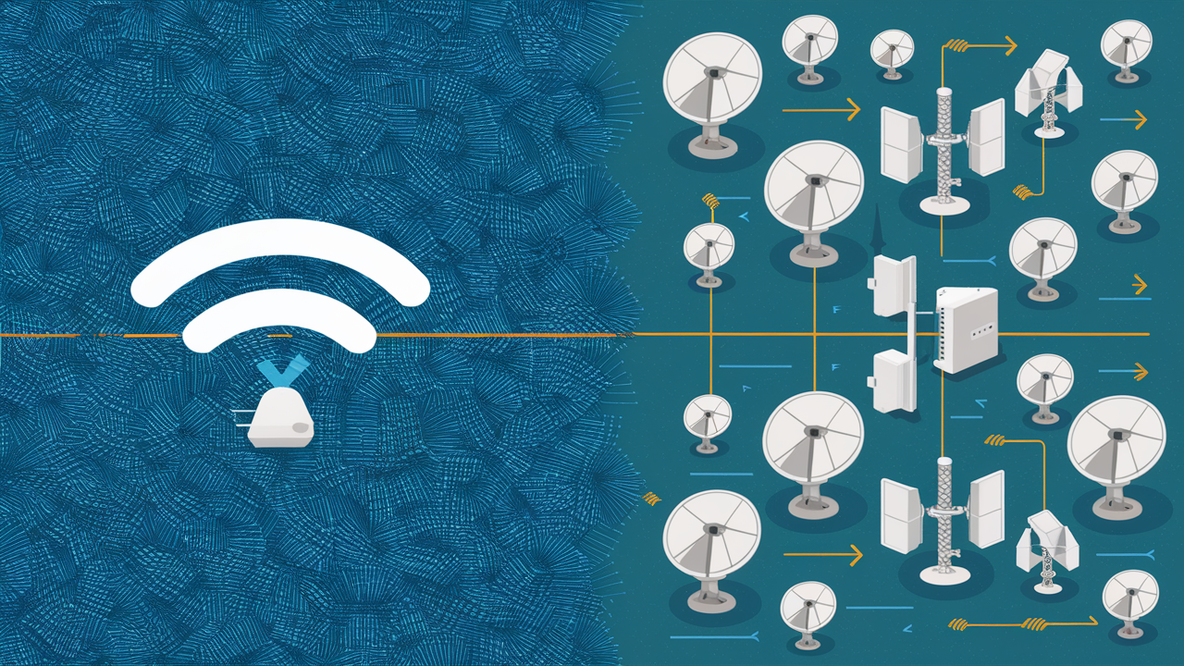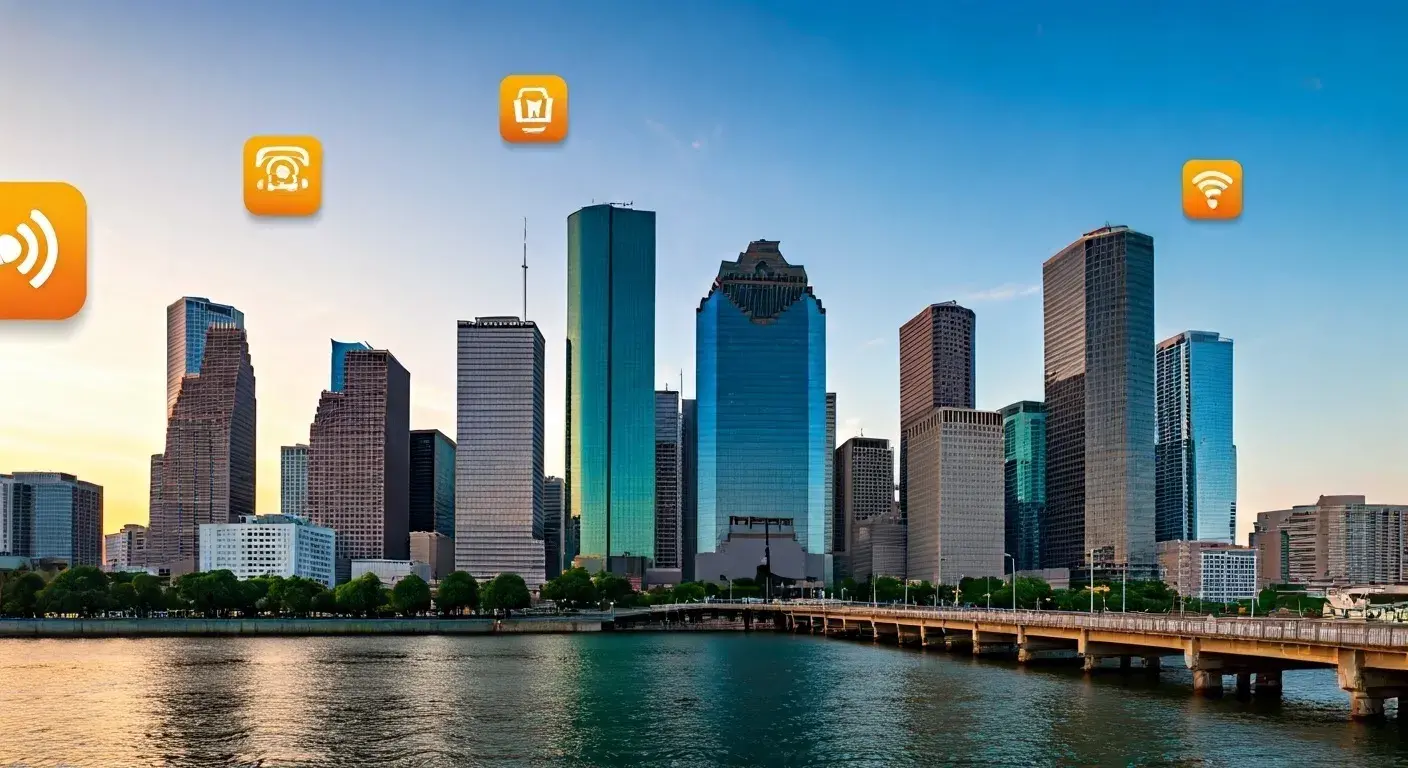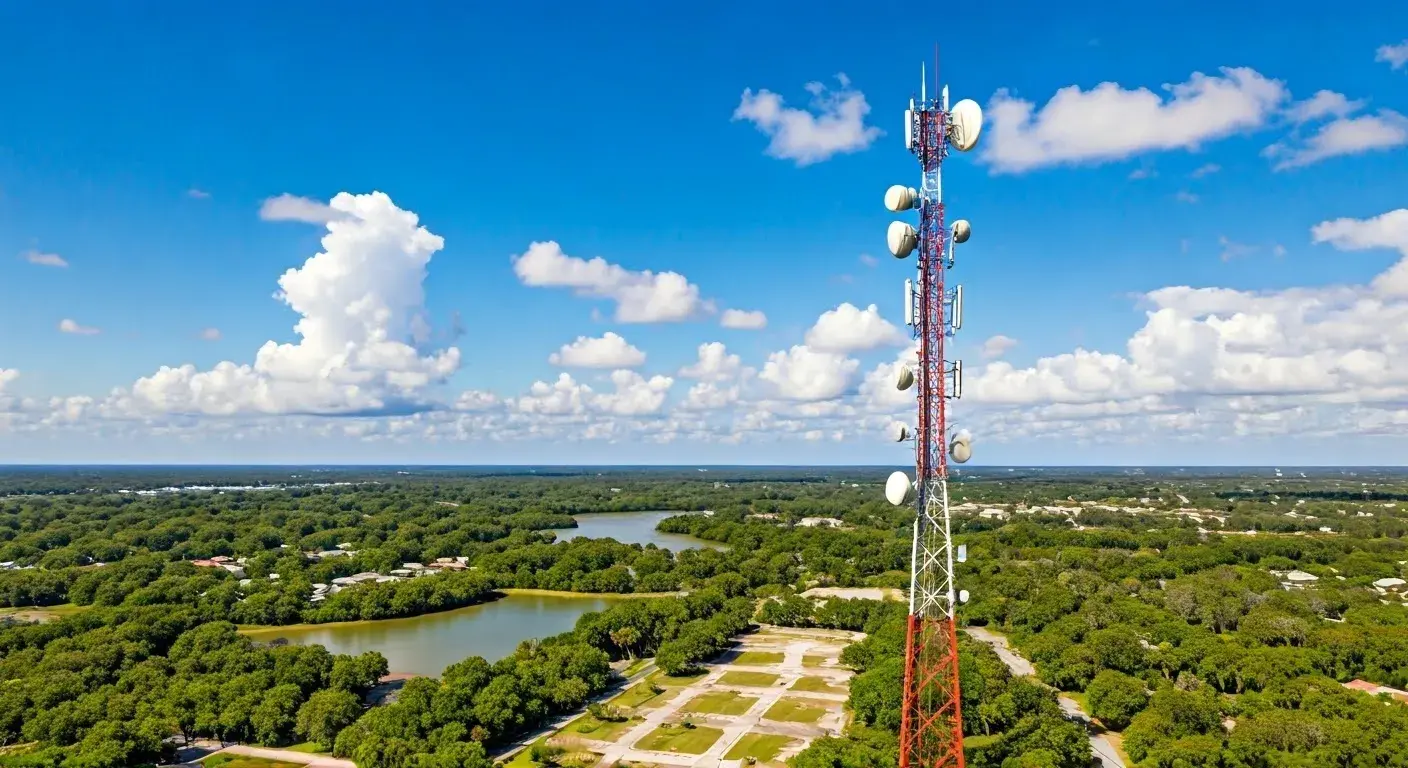
WiFi and Wireless Internet are two terminologies that are quite often used interchangeably but they are different nonetheless.
In today’s world of internet-named connections like WiFi, wireless internet, or mobile broadband people seem to forget about the wires. However, there are many cases when these two terms are used synonymously without knowing that they refer to different technologies. Knowledge about the difference can assist you in the appropriate choices concerning your house, undertaking, and mobile Internet connection.
Defining WiFi
WiFi relates more to the wireless fidelity of local area networks commonly known as WLAN and this is a system that enables device networking and internet connection from devices without the use of wire, rather through radio frequencies. They locate a wireless access point or a wireless router that is directly linked to the internet using a wired broadband/ fiber optic link. There are four most frequently used WiFi protocols namely 802.11b, g, n, ac.
WiFi connectivity is typically confined to a certain geographic location or room, including your residence, workplace, or café. The maximum range depends upon the network equipment and other obstacles but is up to 300 feet indoors and 800+ feet outdoors if no hindrance is there. WiFi allows connection of individual devices such as Laptops, phones, Tablets, and IoT devices.
Key Things to Know About WiFi:
- An ad hoc network is a short-range wireless network typically operating within a limited geographic area.
- Should have a wireless router or a wireless access point connected to a router or a wired connection.
- Most suitable for homes, offices, schools, hotels, restaurants, shops, and any public places that offer wireless internet access.
- Enables usage of the internet by personal gadgets such as laptops, phones, tablets, portable game players, and smart home appliances to connect within range.
- These include basic with top speed at 11Mbps, AC which is fast at up to 3Gbps, and ax which is very fast with WiFi 6 which offers up to 9+Gbps theoretical throughput. Actual performance differs depending on the hardware, network traffic, signal interference, and other factors.
Defining Wireless Internet
It is important to distinguish between terms such as ‘wireless internet’, and ‘mobile broadband’ that generally point to cellular data packages from carriers that support internet access in much larger zones. Wireless operators such as AT&T, Verizon, T-Mobile, and many more use wireless networks to offer phone and internet connection whenever the device is not connected to WiFi.
Wireless internet services work similarly to mobile phone services and require cellular towers and networks. Therefore coverage areas are significantly larger, such as entire countries and rural areas, not conveniently connectable by WiFi. When it comes to mobile broadband, it is your device that connects to the cellular network using its internal modem or the antenna, if it falls within the coverage area.
Some key attributes of wireless internet:
- Owns and operated by national mobile carriers serving entire countries and even more rural regions.
- Needs to have a SIM card-connected device such as a smartphone, tablet, wireless modem, hotspot, or internet-connected car system.
- This is because the speeds depend on the location or, rather, the congestion of the network and the kind of service plan chosen. The 5G speeds average 100-400 down.
- Data consumption is generally prorated and plans with restricted monthly allowances are chosen from among wireless service offerings. They can have charges that apply if you go overage with them.
In conclusion, wireless internet means portability and vastly wider access that goes significantly beyond WiFi connections. However, the plan data allowance and the network speed differ significantly so the capability of this standard is not always equal to WiFi.
Utilizing WiFi and Wireless Internet Conjointly
Multiplexing is also observed where many devices such as smartphones and laptops have support for both WiFi and cellular wireless networks. This lets them use WiFi when a wireless connection is available for costs/full data speed/s, and then transition to the pre-installed cellular for reception wherever national carriers roam.
This means that there are smooth transitions during mobility and you do not notice that you are moving from one WiFi area to another. Hence using both types of network accesses simultaneously offers an always best-connected experience with optimal speed where feasible and on the go wherever necessary.
In the same manner, mobile hotspots also present both of these network capacities in one device while giving you the capacity to set up WiFi virtually anywhere with cellular signals. You use battery-driven WiFi routers, and hotspots to connect WiFi-only products like laptops, tablets, etc. on the move.
In fact, at its core, WiFi and Wireless Internet are two concepts that can be considered as the same. Both accessibility when married bring about general connectivity, speed, and mobility – making you the commander of your connectivity anytime, anyplace with the best signal strength that is possible given the geography of the place.






